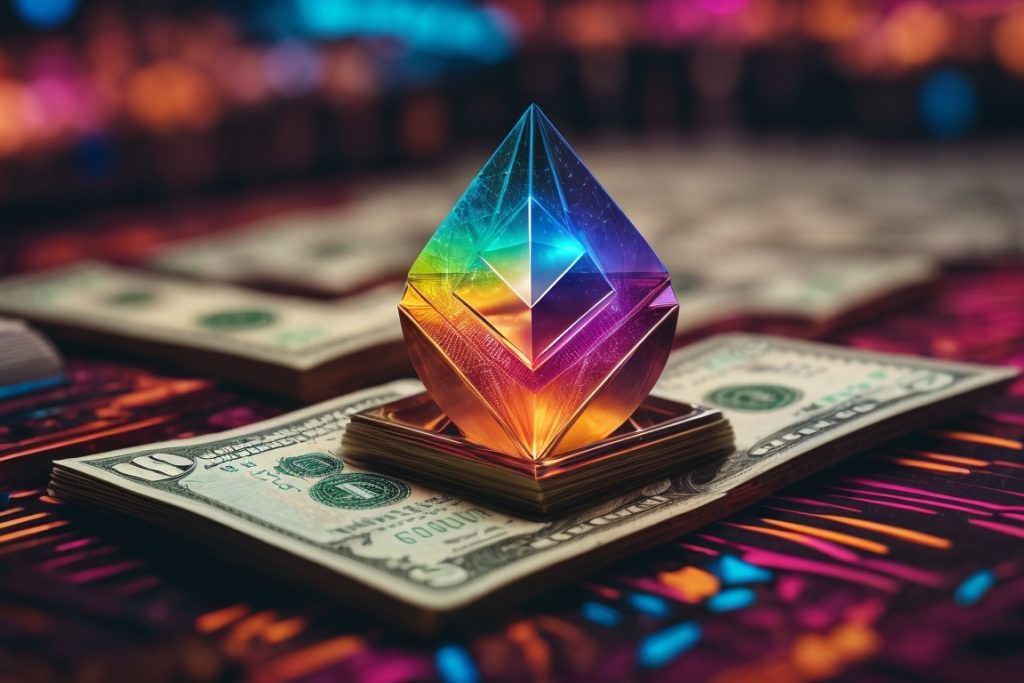
The Evolution of Money: From Barter to Digital Currency
Money, the lifeblood of modern economies, has undergone a remarkable evolution throughout human history. From the rudimentary barter systems of ancient times to the sophisticated digital currencies of today, the concept of money has transformed in response to changing needs and technological advancements. Embark on a fascinating journey through time as we explore the captivating story of money’s transformation.
Barter: A Precursor to Money
In the early days of human civilization, bartering emerged as the primary means of exchange. This system involved the direct trade of goods or services without the use of money. For instance, a farmer might exchange their surplus crops for a blacksmith’s crafted tools. While bartering facilitated exchange, it presented several challenges. Finding a suitable trading partner with the desired goods could be difficult, and the value of goods could vary significantly.
The Rise of Commodity Money
To address the limitations of barter, societies began to adopt commodity money, which utilized valuable objects such as shells, salt, or precious metals as mediums of exchange. These commodities possessed intrinsic worth, making them more universally acceptable than barter goods. For example, cattle became a form of currency in many cultures due to their usefulness for food, labor, and trade.
Metal Money: A New Era of Standardization
The introduction of metal money marked a significant step forward in the evolution of currency. As societies transitioned from barter and commodity money, metal coins emerged as a standardized medium of exchange. These coins were minted from precious metals like gold or silver, providing a common unit of value and facilitating more efficient transactions.
Fiat Money: A Reliance on Trust
With the advent of fiat money, the link between currency and physical assets was severed. Fiat money, which is issued by governments, derives its value not from its intrinsic worth but from the trust placed in it by the issuing authority. Governments maintain the value of fiat currencies through monetary policies such as controlling the money supply and setting interest rates.
The Emergence of Credit Money
Credit money, which represents a promise to pay in the future, further revolutionized the monetary system. This form of money, in the form of loans and credit cards, allowed individuals and businesses to access funds and finance their activities without the immediate need for physical currency.
The Advent of Digital Currency: A Paradigm Shift
The rise of digital technology has spurred the emergence of digital currencies, which exist solely in electronic form. These currencies are not tied to any physical asset and are based on cryptography, a complex mathematical system that ensures security and integrity. Bitcoin, the first and most well-known digital currency, was introduced in 2009 and has since sparked a revolution in the way money is conceptualized and used.
The Future of Money: A Convergence of Forms
As we move forward, it is likely that different forms of money will coexist and complement each other. Traditional fiat currencies will continue to play a crucial role in financial systems, while digital currencies offer new opportunities for innovation and efficiency. The future of money will likely involve a convergence of these forms, creating a more interconnected and dynamic monetary landscape.
The evolution of money has been a fascinating journey, shaped by human ingenuity and technological advancements. From barter to fiat currencies and digital assets, money has transformed from a mere tool for exchange to a complex and multifaceted concept that underpins modern economies. As we continue to explore new possibilities, the future of money holds immense potential to reshape the way we interact and transact.